
This is a lesson plan about ocean animals that integrates writing informative texts and technology.
- Subject:
- English Language Arts
- Material Type:
- Lesson Plan
- Provider:
- Digital Wish
- Author:
- Denise Webster
- Date Added:
- 02/26/2019

This is a lesson plan about ocean animals that integrates writing informative texts and technology.

In this activity, students will observe and describe what the sky looks like at different times, identify objects in the sky and recognize changes over time, and look for objects that are common to the daytime and nighttime sky.
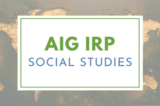
After reading books about different cultures (the differences/similarities in language, dress, homes, food, art), the teacher and class can create a Prezi or physical poster to show different cultures around the world. Students can compare and contrast their culture with different cultures around the world. This could be done using a Venn Diagram as well. Then higher-level students will be expected to create their own slideshow of one culture around the world including language, dress, homes, food, art, holidays, and anything that makes the culture special and unique. This lesson was developed by NCDPI as part of the Academically and/or Intellectually Gifted Instructional Resources Project. This lesson plan has been vetted at the state level for standards alignment, AIG focus, and content accuracy.
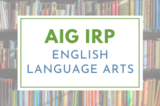
Using the DPI online graphic organizer for synthesizing information found at http://www.ncpublicschools.org/docs/acre/standards/common-core-tools/organizers/ela/synthesizing.pdf, students will identify the reasons the author of the article “Garden Helpers” provides to support his point that not all garden creatures are pests. The students will fill out a graphic organizer to show evidence that some creatures are helpful, and then they will fill out another organizer to show that some are harmful. After identifying the reasons in the text, the students will write a summary opinion on the organizer, drawing upon other resources for further information and investigation. After completing both organizers, AIG students will synthesize the information about helpful and harmful garden creatures in order to write an explanatory/informative report on living creatures in the garden. This lesson was developed by NCDPI as part of the Academically and/or Intellectually Gifted Instructional Resources Project. This lesson plan has been vetted at the state level for standards alignment, AIG focus, and content accuracy.
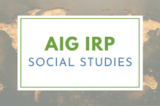
After reading books about how weather conditions cause humans to adapt (wearing different clothes, building houses differently, vacationing at different spots, maintaining a home – for example shoveling snow or patching shingles) and how weather conditions can create jobs for people, the teacher will do a sort activity with the whole group and will provide higher-level students with an additional activity regarding the effects of weather conditions. This lesson was developed by NCDPI as part of the Academically and/or Intellectually Gifted Instructional Resources Project. This lesson plan has been vetted at the state level for standards alignment, AIG focus, and content accuracy.
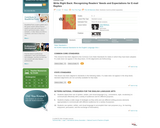
In this lesson, beginning writers use electronic communication as a tool for literacy learning. E-mail is well-suited to teaching audience awareness—recognizing what readers need to know to understand a reply message and using the reply function as a way to contextualize a reply and help readers make sense of it. Although the lesson states K-2 for appropriate grades, it can be used for grades 3-5.
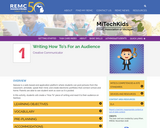
In this activity, students will create a “How To” piece of writing and read it to their audience on SeeSaw.

Students research information about animals and communicate in written form and use multimedia tools to create pages for a class book and presentation.